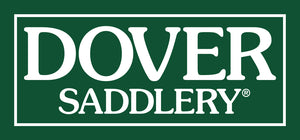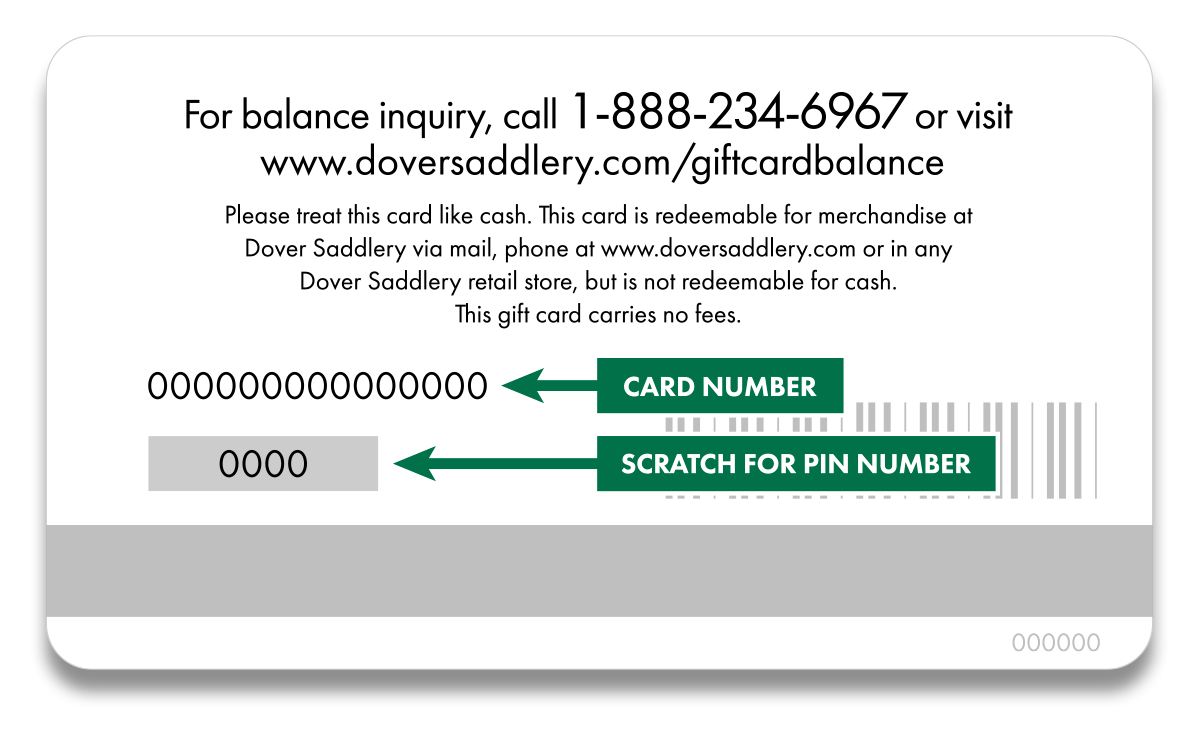| Belt loops |
In addition to the obvious—belt loops hold a belt to keep your pants up—our breech product descriptions mention belt loops. Why? In equestrian sports, belt loops run through with a belt are the most classic turnout a rider can present for schooling, lessons, or showing. |
If you will be riding in formal lessons, clinics, or competition, your breeches should have belt loops, and they should be threaded through with a belt. If you remove a top layer, such as a vest, or if show jackets are waived due to heat, your riding shirt should be neatly tucked. Empty belt loops reflect poor rider turnout. |
| Compression |
Compression fabrics are woven with built-in stretch to provide a very snug fit. Breeches or riding tights made with compression fabric hug the rider’s skin and support muscles, reducing fatigue and smoothing the look of the legs. |
If you wish to smooth the look of your legs, compression tights or breeches are ideal. They also help reduce muscle fatigue when worn for long periods. |
| Covered waistband |
Inside the waistband, fabric prevents the back of hardware (snap or hook-eye clasp) from touching your skin. |
Helpful if you have sensitive skin or do not tuck in your riding shirt. |
| Full seat |
Faux suede, leather, silicone grip, or other grippy textile covers the seat, inner thighs, and insides of knees. Provides consistent grip; some have segmented panels for freedom of motion. A full-seat breech is a full-seat breech. |
Dressage riders or those used to knee-patch breeches may prefer a full seat for extra grip. Event riders also use full seats in cross-country. |
| Knee patches |
Faux suede, silicone grip, or other textiles in patches along the inner knees provide grip and durability. A breech with knee patches is a knee-patch breech. |
Ideal for hunter, jumper, or hunt riders. Also comfortable for pleasure riding. |
| Pull-On |
No front zipper; elasticized waistband may or may not have belt loops. |
For comfort and classic breech features, consider a pull-on style with belt loops. |
| Riding tights |
Equestrian equivalent of yoga pants: comfortable, sporty, easy-care, available in full seat or knee patch styles. Soft stretch fabrics may wick moisture and provide UV protection. |
Great for everyday riding, budget-friendly, and comfortable. Many colorful options are available. |
| Rise |
The distance from the crotch seam to the waistband front (typically 7"–11"). Low rise sits below the belly button, mid rise near it, high rise above. Modified rise provides higher back coverage. |
Choose rise based on your body proportions, show coat style, and comfort. Mid or high rise is generally best for show coats; low rise works for long torsos with average height. |
| Side zipper |
Side-zip breeches (hunter/jumper) are less common than front-zip. Side-zip breeches have flat fronts and usually angled pockets. |
Both side-zip and front-zip closures are acceptable for schooling or showing. Choose based on comfort and style preference. |
| Silicone print |
Applied as full seat or knee patch to provide grip. Flexible and stretchy; pattern varies by manufacturer. |
For enhanced stick in full seat or knee patch breeches, try silicone print. Offers closer contact with the saddle. |
| Soft shell |
Woven matte-finish fabric that is smooth, resilient, stretchy, sheds light water, blocks wind/sun, often bonded to microfleece for light insulation. |
Soft shell breeches maintain a polished look while providing warmth in winter. Ideal for formal lessons or clinics. |
| Sock bottom |
Stretchy or mesh panel at the hem replacing hook-and-loop closure; provides seamless, bulk-free fit inside boots or half chaps. |
Enhances comfort and fit inside boots. Preferred by riders who want sleek, functional ankle fit. |
| Winter tights |
Heavyweight riding tights with fleece or microfleece lining for warmth. |
Winter riding tights are ideal for cold weather, barn chores, and long hours of riding. |




